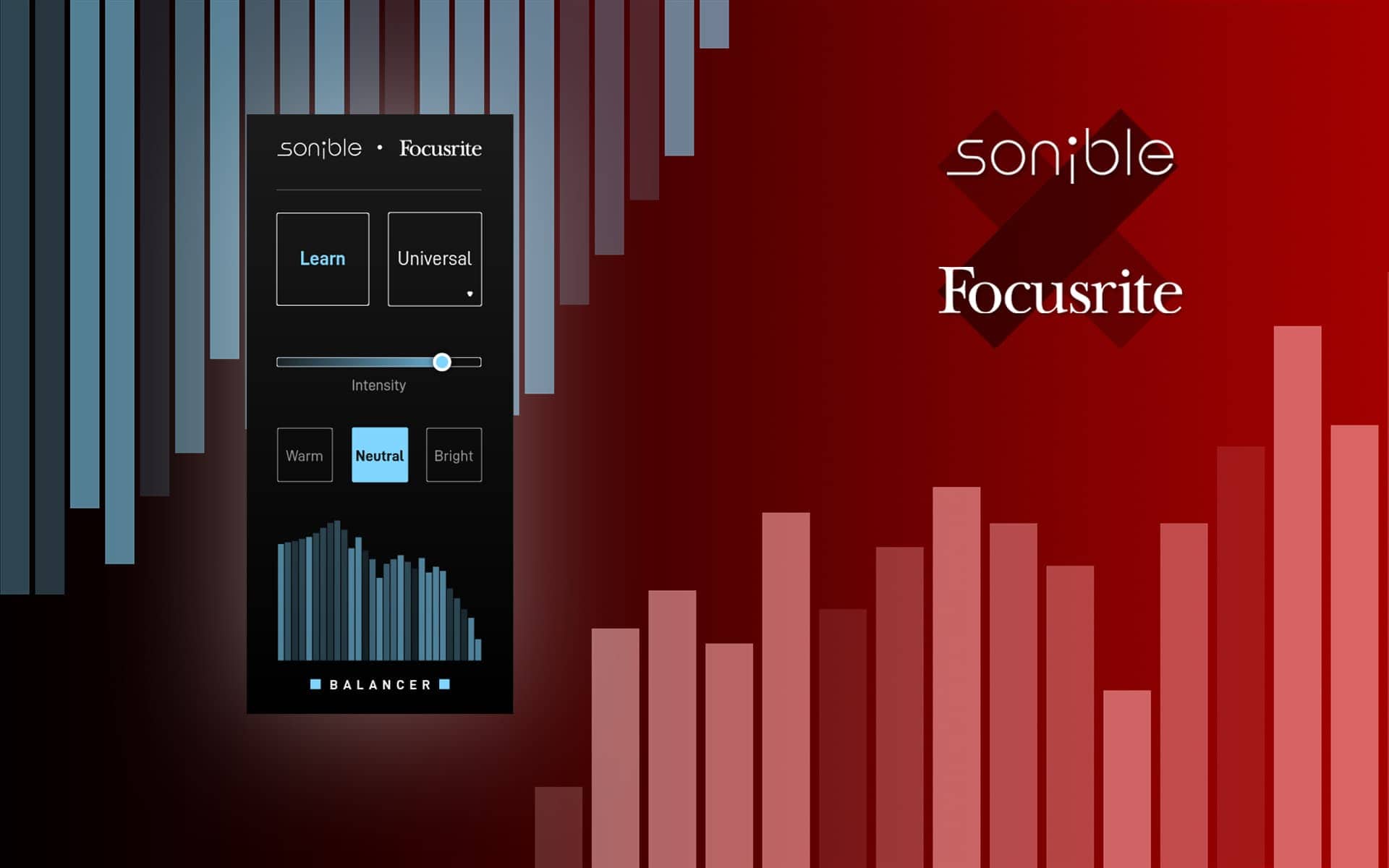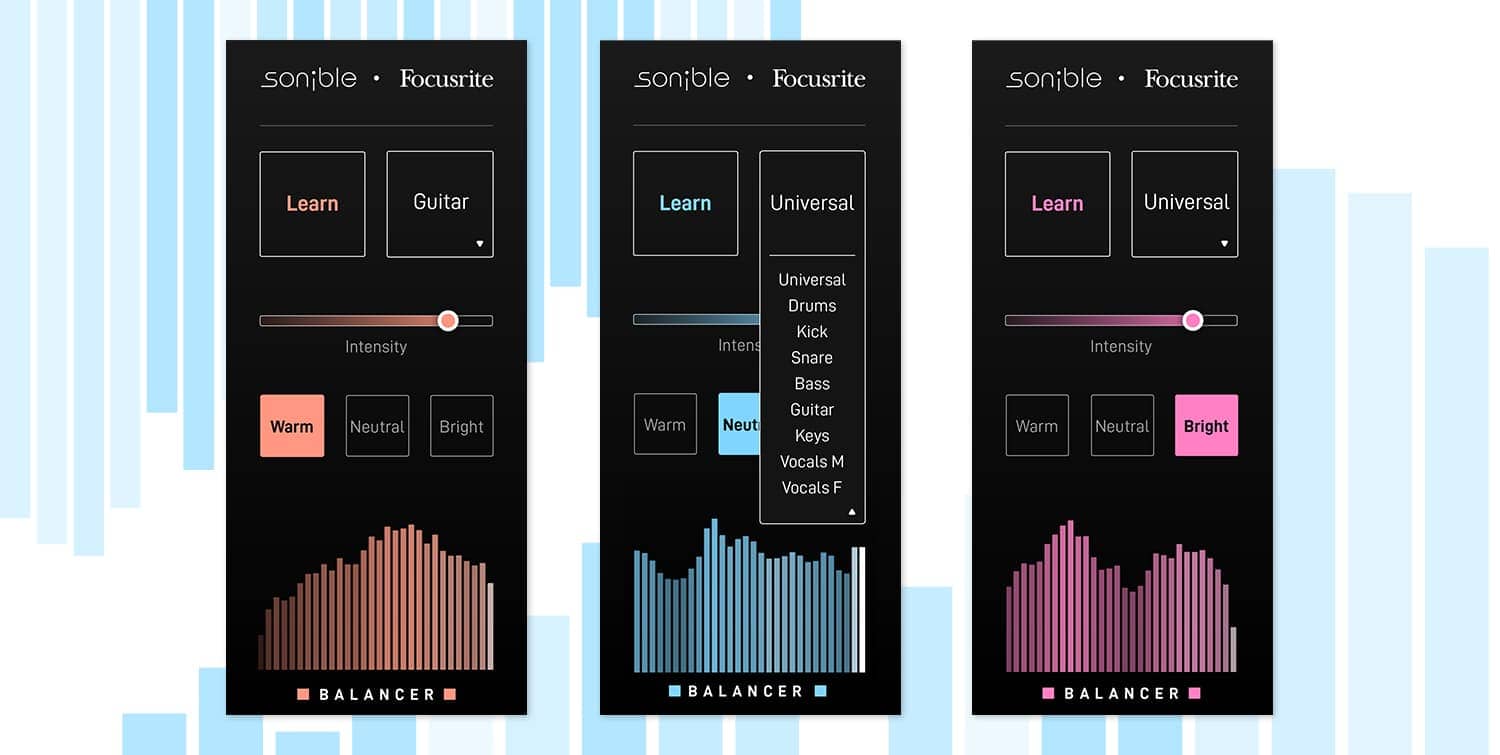We proudly announce that Focusrite and sonible formed a partnership. Users of Focusrite hardware already benefit from this promising collaboration: Together, Focusrite and sonible developed the new plug-in Balancer. The smart tool is now available free of charge for all Focusrite Plug-in Collective members. So, head to the Plug-in Collective website and register your Focusrite hardware. NOTE: Balancer is also available in our shop free of charge from April 2 to April 13, 2020.
Focusrite and sonible are like-minded brands: Both focus with their products on enabling people to create instead of them struggling with technological barriers. The joy of creativity is a significant driver for the development of their products. Plus, Focusrite and sonible are truly embracing the evolution of sonic creations – and contribute to it with their developments.

Balancer is suitable for beginners, pros, and everyone in-between. The plug-in is an A.I.-based tool that uses a variety of techniques to balance the sound of audio signals. At the heart of Balancer is sonible’s smart:engine which is also behind smart:comp, smart:EQ 2 and smart:EQ live. The system is designed on the basis of psychoacoustic principles, as well as extensive hands-on mixing experience. Its content-aware processing supports users in accomplishing mixing tasks in a fast and highly precise way.

Shape your audio material creatively with the three flavors of Balancer: warm, neutral or bright.
While listening to any audio material for a couple of seconds, Balancer gathers detailed information crucial for the mixing task at hand. By combining and interpreting this information using A.I. technology, deficiencies in the signal (e.g. regarding the spectral balance) are detected and automatically corrected.
Profiles add even more flexibility to the system by optimizing the algorithm for different source signals. By telling the smart:engine what kind of instrument or voice it’s handling, choosing a suitable profile ensures a perfect adaptation of the analysis to the respective input signal.